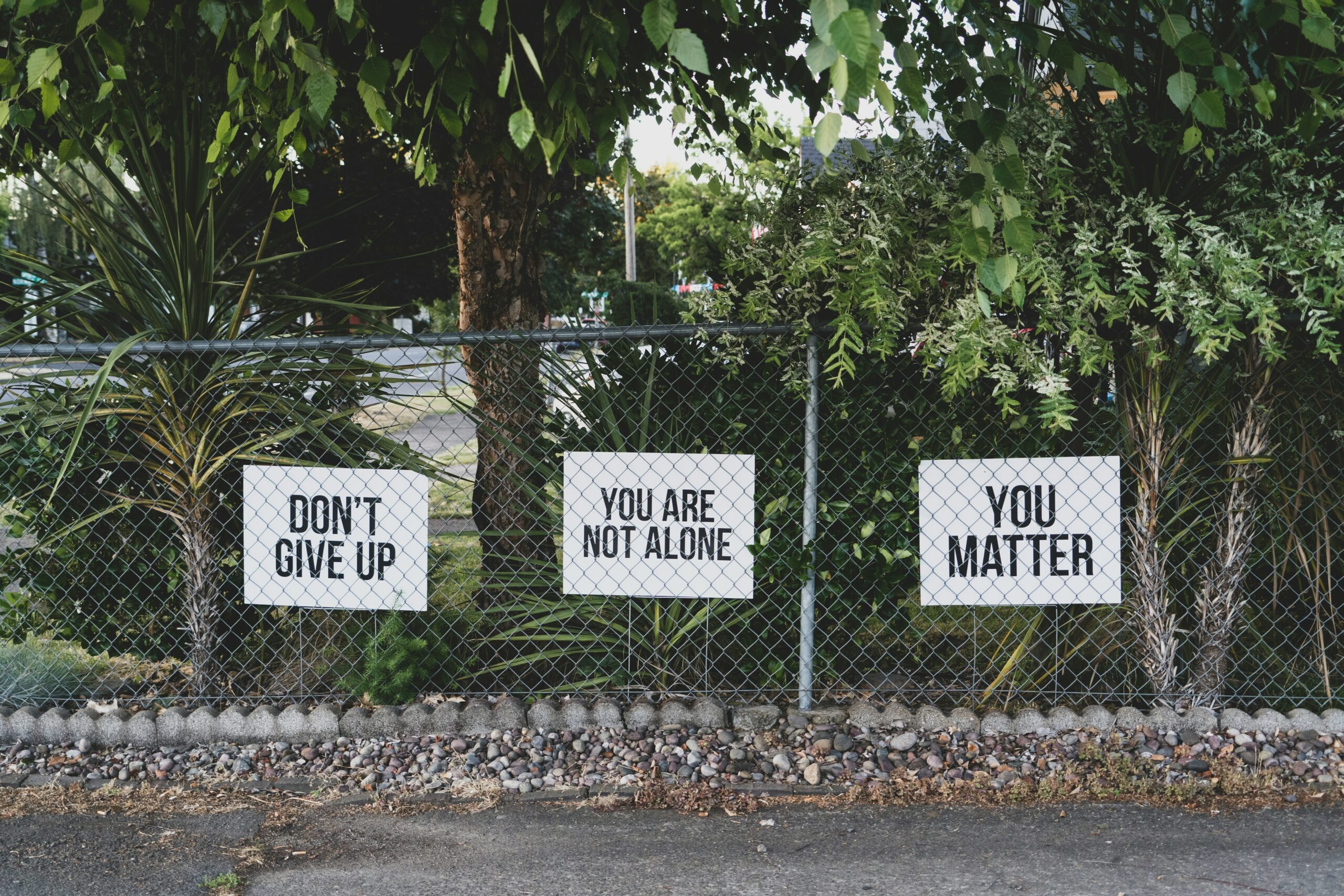The Future of Education – Making Thinking Visible
The big shifts and innovations within the educational world are fascinating. In previous
articles I have mentioned some of them; the move from traditional curriculum/assessment-driven classrooms to ones that develop a deep sense of curiosity in learners, the embracing of enabling technologies to allow for better critical thinking and interactive engagement of learners within the lesson, and the goal of
developing globally competent learners who have a great love of learning.
These are all changes that I find incredible, and much needed. One greater change to the educational landscape, and a change I am very excited to see taking place in our school (The King’s College and Preparatory) and schools across South Africa is the approach to thinking. If a school wants to develop learners who are globally competent (who actively demonstrate critical thinking and problem solving, collaboration, communication and creativity in their spheres of impact), the classroom needs to visually demonstrate and develop learners who are thinkers. Now that sounds like an obvious statement, but if we were to consider the average classroom, this isn’t always happening, and if it is, it certainly isn’t intentional. Future-focused educators are able to expertly make thinking visible.
A great example is given by David Perkins of Harvard Graduate School of Education, who have developed this concept of Visible Thinking. Imagine wanting to learn how to dance, and having all the “how-to” books that provide all the theory you would need, but never seeing a demonstration of what dancing looks like? Attempting to dance while not ever witnessing it happen in front of you? It would make the process of learning to dance extremely difficult. In our classroom, learners can observe reading and writing.
They see visual demonstrations of math formulas and sentence construction on a daily basis. What is not visible in our classrooms, unless intentionally placed there, is thinking. How we come to conclusions or form opinions, how we change our minds on a point of view, and how we problem-solve or assess the world around us. All of these are forms of deep thinking that our learners, and also ourselves, should demonstrate.
David Perkin writes, “Fortunately, neither others' thinking nor opportunities to think need to be as invisible as they often are. As educators, we can work to make thinking much more visible than it usually is in classrooms. When we do so, we are giving students more to build on and learn from.”
By making the dancers visible, we make it much easier to learn to dance.
The language of thinking and thinking routines are two great ways to make thinking visible in the classroom and to develop an ability to think well in our learners. I’ll expand on both in next month’s article!
By Gareth Stark


